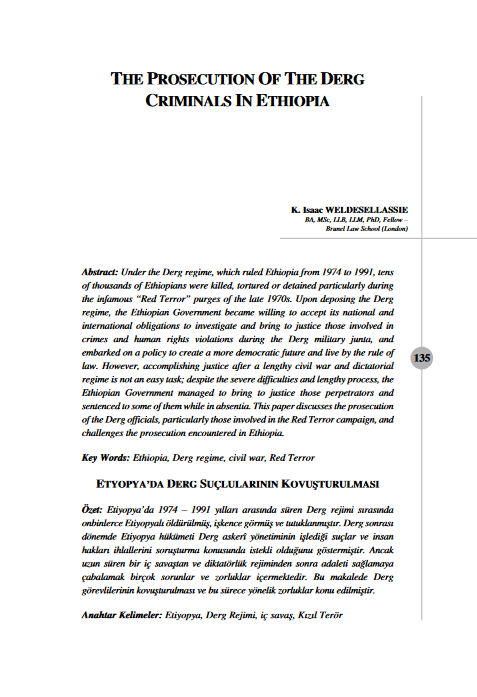France24 (09 December 2018)
Armenia on Sunday holds snap parliamentary polls that were sparked by reformist Prime Minister Nikol Pashinyan last month.
Here are five points on the culture and history of the tiny landlocked mountainous nation located in the South Caucasus.
- Biblical Land -
Armenia, which in the fourth century became the first country in the world to officially embrace Christianity, is an ancient biblical land where the Book of Genesis says Noah's Ark came to rest on Mount Ararat after the Great Deluge.
Now inside Turkey, Mount Ararat is regarded by Armenians as a national symbol and features on the country's coat of arms and banknotes.
The Bible was translated into Armenian in the fifth century by Saint Mesrop Mashtots, the creator of the distinctive Armenian alphabet.
- Great Crime -
When World War I broke out in 1914, Armenia -- which for most of its history has been occupied by foreign powers -- was divided between the Ottoman and Russian Empires.
During the war, Ottomans massacred and deported more than 1.5 million Armenians in what has become the most tragic event in the history of the Armenian people, which they call Meds Yeghern, or the Great Crime.
Up to this day, Armenia and Turkey are locked in a bitter diplomatic battle over whether the massacres should be described as "genocide".
- UNESCO treasures -
Armenia's preeminent cultural institution, the Matenadaran museum, is a repository of the country's national treasure -- the vast collection of ancient manuscripts that cover almost every sphere of Armenia's ancient and medieval science and culture.
In recognition of its universal significance, the collection -- one of the world's richest -- was inscribed on UNESCO's Memory of the World Register in 1997.
The collection includes more than 17,000 manuscripts, books and 30,000 other documents, that embrace a wide range of subjects such as theology, philosophy, history, medicine, literature, art history, and cosmography in Armenian and many other languages.
- Duduk -
A symbol of Armenian national identity, the duduk oboe is a double-reed wind instrument whose roots go back to the times of the Armenian king Tigran the Great (95-55 BC).
Made from the wood of an apricot tree, the Armenian duduk is distinctive in construction and performance technique and characterised by a warm and soft timbre.
Duduk music accompanies popular Armenian traditional songs and dances and is played at social events such as weddings, anniversaries, and funerals. In 2005, UNESCO proclaimed it a Masterpiece of the Intangible Heritage of Humanity.
- Star-studded diaspora -
The Armenian diaspora that developed in the wake of the 1915 massacres is now vast -- around eight to 10 million people according to estimates -- and it includes some famous figures.
Reality TV superstar Kim Kardashian, the late singer Charles Aznavour, Hollywood's Cher and France's football World Cup-winning striker Youri Djorkaeff all have roots in Armenia.
The politically influential diaspora is strongest in Russia (1.5 million), followed by the United States (1.3 million) and France (400,000).
https://www.france24.com/en/20181209-land-noah-armenias-history-culture
No comments yet.
- ASEAN CONNECTIVITY PROJECTS OFFER LUCRATIVE PARTNERSHIPS Asia - Pacific 11.12.2018
-
 THE EP WILL VOTE ON A RESOLUTION ON THE ACCESSION OF BULGARIA AND ROMANIA TO SCHENGEN
The Balkans
11.12.2018
THE EP WILL VOTE ON A RESOLUTION ON THE ACCESSION OF BULGARIA AND ROMANIA TO SCHENGEN
The Balkans
11.12.2018
- ANTI-SEMITISM IN THE EU: JEWISH PEOPLE CONSIDER LEAVING OVER SAFETY CONCERNS Europe - EU 11.12.2018
- LAND OF NOAH: ARMENIA'S HISTORY AND CULTURE The Caucasus and Turkish-Armenian Relations 11.12.2018
- KOSOVO CONSIDERING FULL RECIPROCITY WITH SERBIA The Balkans 11.12.2018
-
25.01.2016
THE ARMENIAN QUESTION - BASIC KNOWLEDGE AND DOCUMENTATION -
12.06.2024
THE TRUTH WILL OUT -
27.03.2023
RADİKAL ERMENİ UNSURLARCA GERÇEKLEŞTİRİLEN MEZALİMLER VE VANDALİZM -
17.03.2023
PATRIOTISM PERVERTED -
23.02.2023
MEN ARE LIKE THAT -
03.02.2023
BAKÜ-TİFLİS-CEYHAN BORU HATTININ YAŞANAN TARİHİ -
16.12.2022
INTERNATIONAL SCHOLARS ON THE EVENTS OF 1915 -
07.12.2022
FAKE PHOTOS AND THE ARMENIAN PROPAGANDA -
07.12.2022
ERMENİ PROPAGANDASI VE SAHTE RESİMLER -
01.01.2022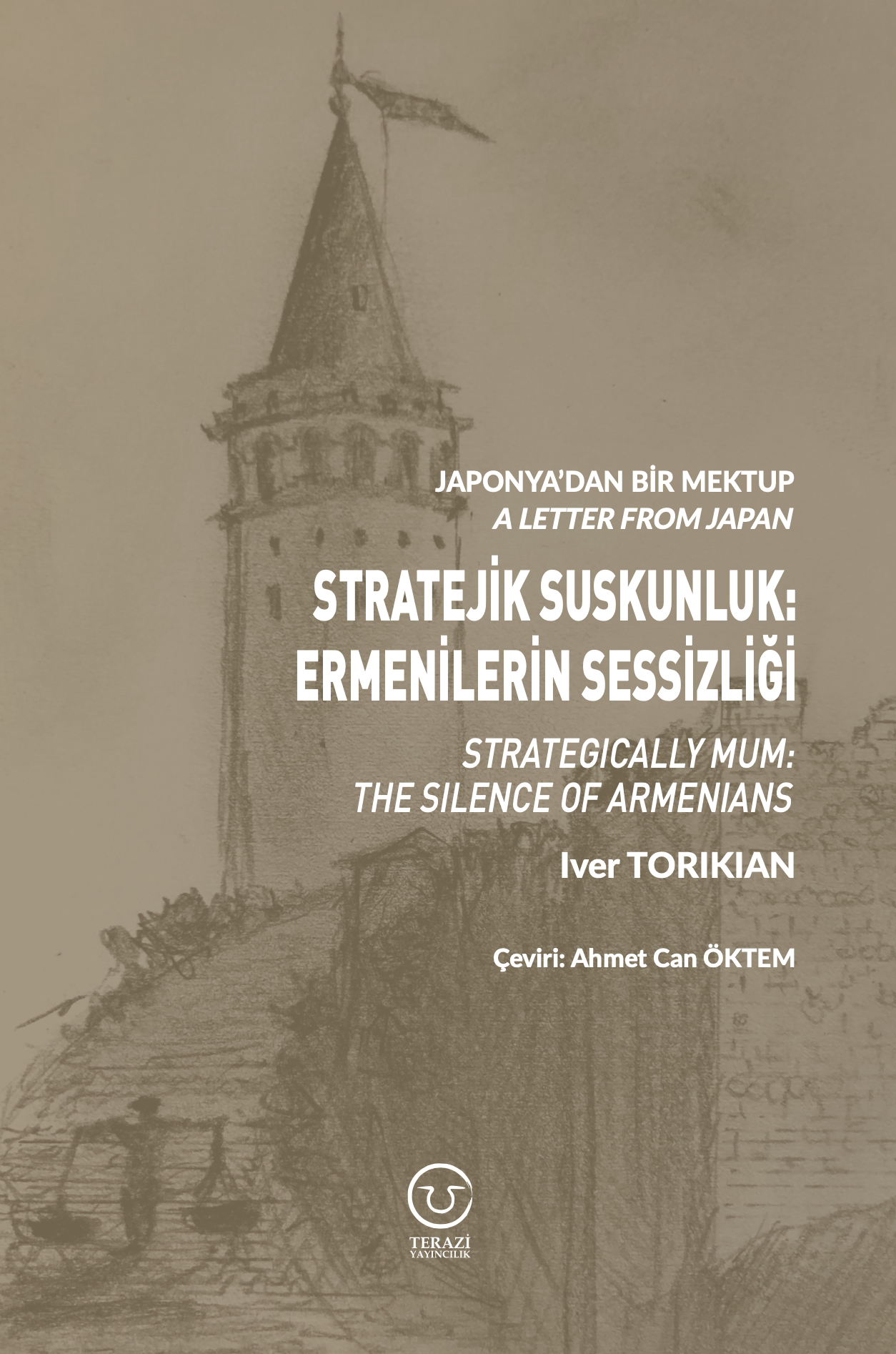
A Letter From Japan - Strategically Mum: The Silence of the Armenians -
01.01.2022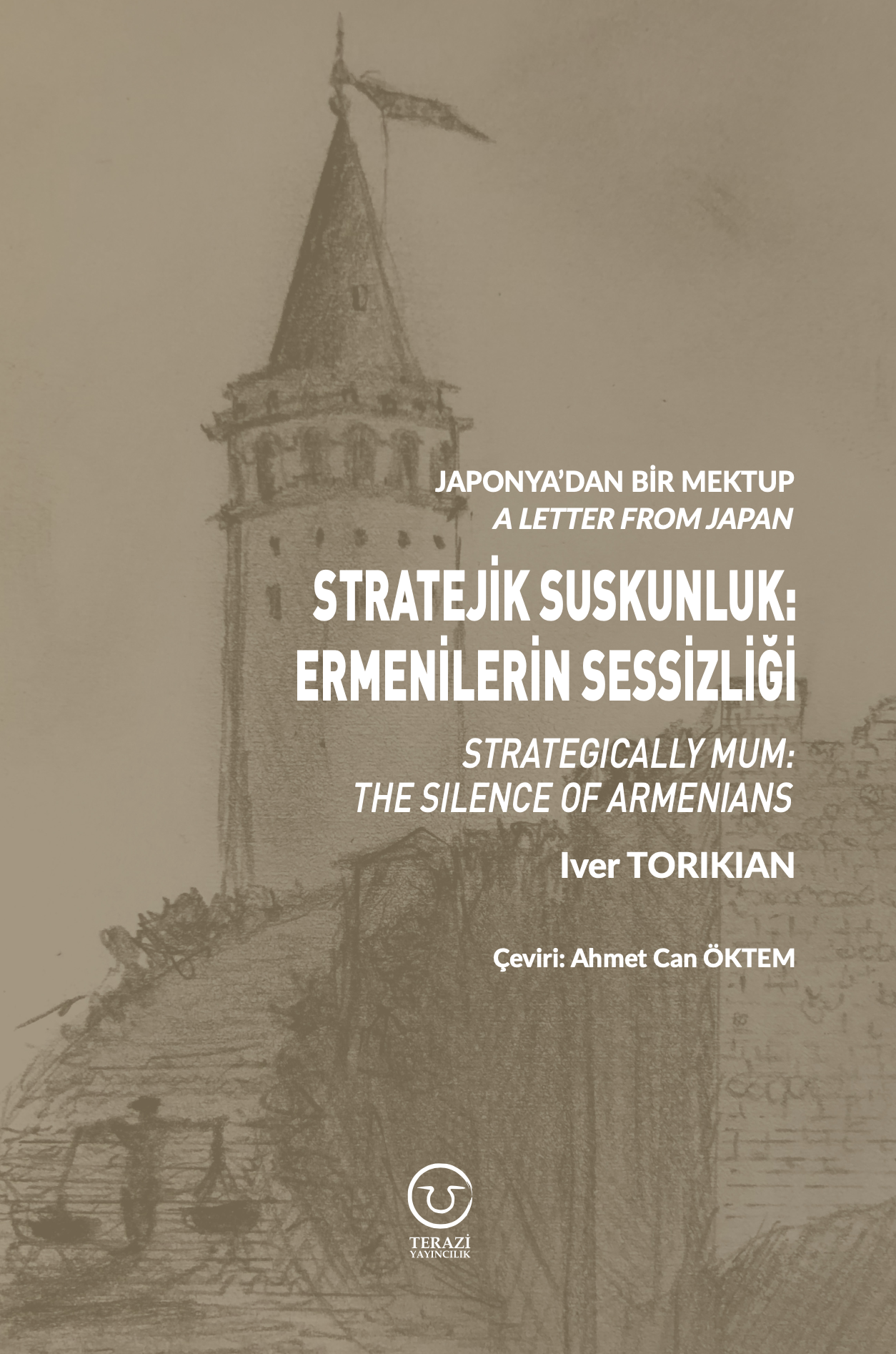
Japonya'dan Bir Mektup - Stratejik Suskunluk: Ermenilerin Sessizliği -
03.06.2020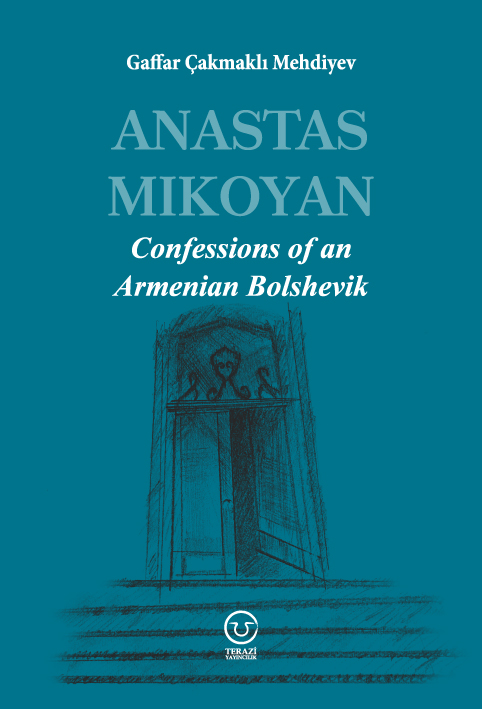
Anastas Mikoyan: Confessions of an Armenian Bolshevik -
08.04.2020
Sovyet Sonrası Ukrayna’da Devlet, Toplum ve Siyaset - Değişen Dinamikler, Dönüşen Kimlikler -
12.06.2018
Ermeni Sorunuyla İlgili İngiliz Belgeleri (1912-1923) - British Documents on Armenian Question (1912-1923) -
02.12.2016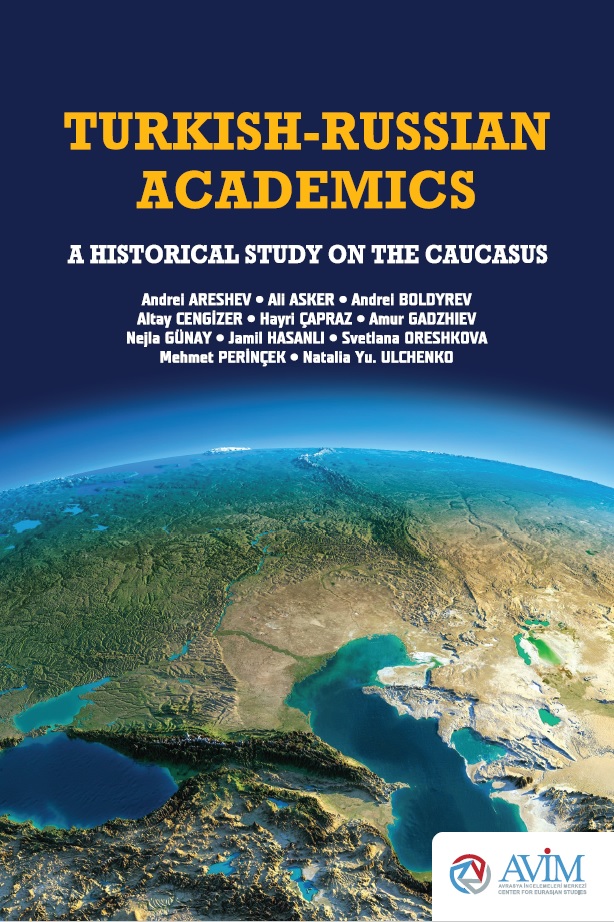
Turkish-Russian Academics: A Historical Study on the Caucasus -
01.07.2016
Gürcistan'daki Müslüman Topluluklar: Azınlık Hakları, Kimlik, Siyaset -
10.03.2016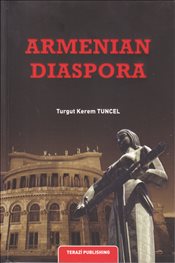
Armenian Diaspora: Diaspora, State and the Imagination of the Republic of Armenia -
24.01.2016
ERMENİ SORUNU - TEMEL BİLGİ VE BELGELER (2. BASKI)
-
AVİM Conference Hall 24.01.2023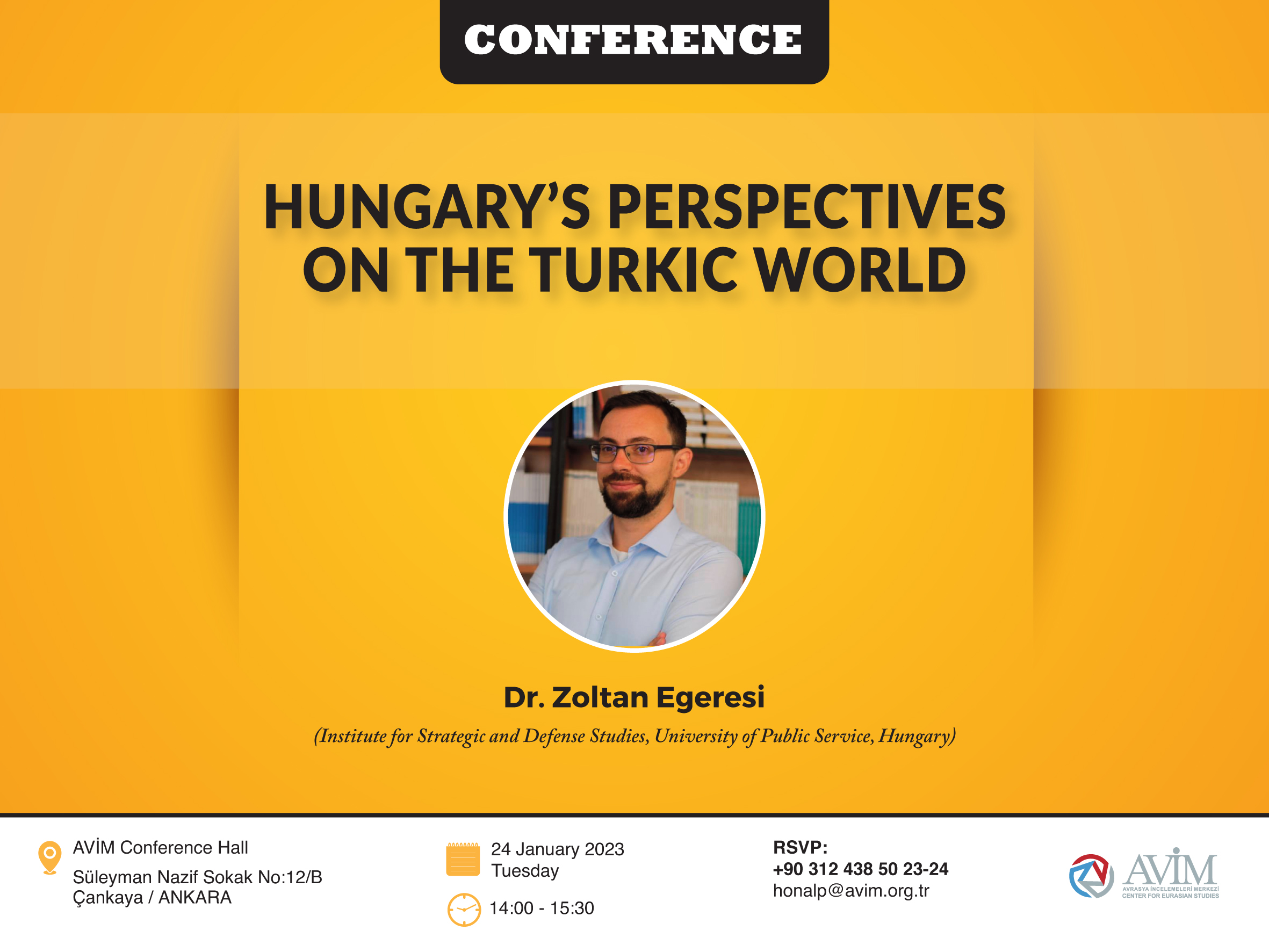
CONFERENCE TITLED “HUNGARY’S PERSPECTIVES ON THE TURKIC WORLD"








